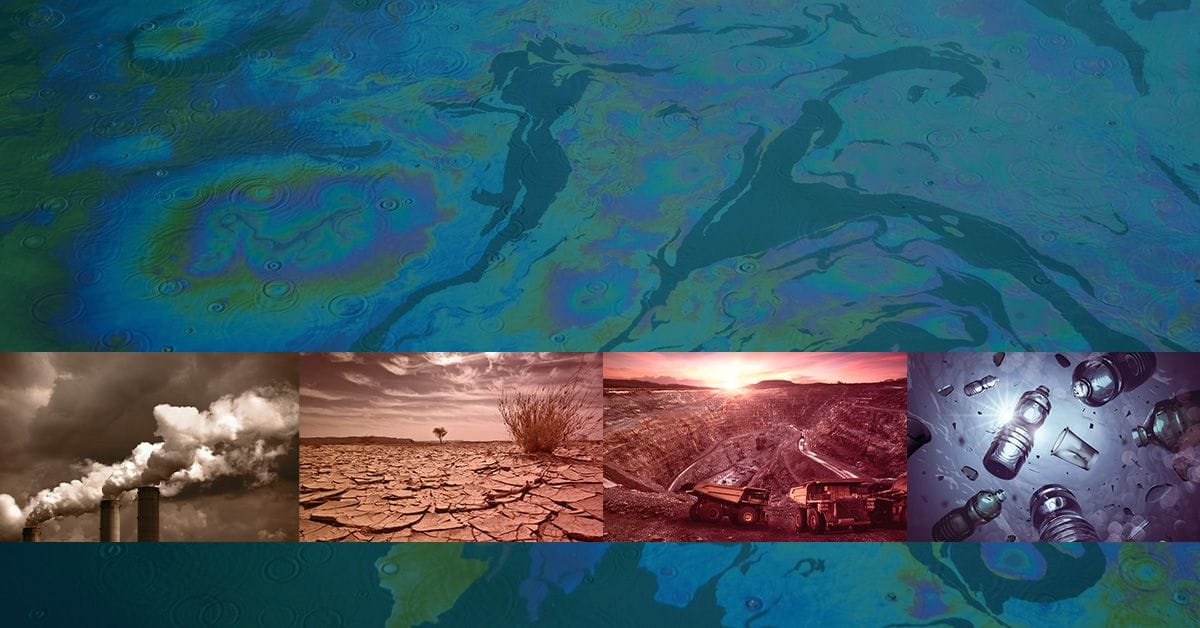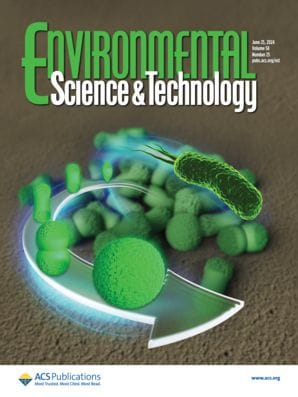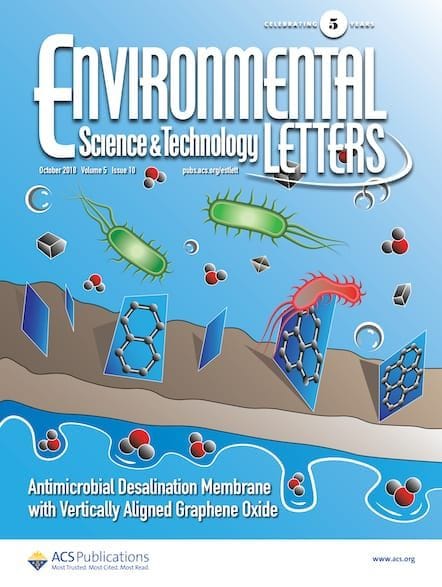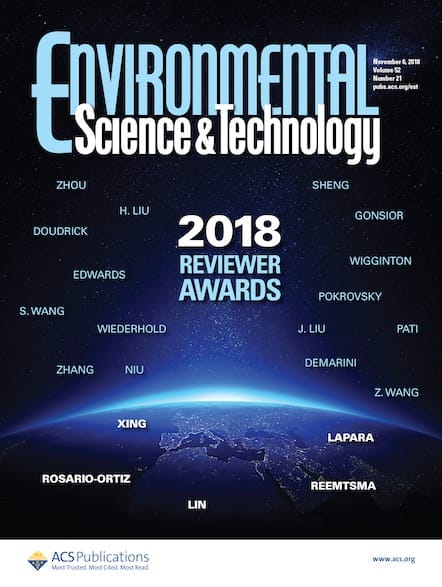This Special Issue will highlight the latest ideas and developments towards understanding and defining potential boundaries for novel entities (chemical pollution). Submit your manuscript by September 4, 2025.

Earth System Boundaries (ESBs) are limits that define the safe operating space to allow for the sustainability of human society. The nine Earth System Boundaries defined as essential to remain within certain limits for life to be sustainable include climate change, ocean acidification, stratospheric ozone, biogeochemical nitrogen cycle and phosphorus cycle, global freshwater use, land system change, biodiversity loss, novel entities (chemical pollution) and atmospheric aerosol loading. The framework of Safe and Just ESBs also aim to provide the world with a viable corridor to transition to sustainable practices. Currently, the Earth Commission 2.0 is working on refining the framework of Safe and Just ESBs, including tackling the difficult question of understanding and potentially setting Safe and Just ESBs for novel entities (chemical pollution). Doing so is particularly challenging due to the hundreds of thousands of chemicals in use and high demand globally with limited data and understanding of their impacts.
A new special issue in Environmental Science & Technology (ES&T) and Environmental Science & Technology Letters (ES&T Letters) will focus on this exciting topic of novel entities (chemical pollution), aiming to contribute the latest research, knowledge and ideas towards the goal of defining boundaries for novel entities, if possible, and translating needs into actionable targets and transformation pathways that societies can adopt to pull back from exceeding these boundaries.
Topics include, but are not limited to:
- Case studies of the cross-regional or global impacts of novel entities (e.g., by specific chemicals/materials, specific groups of chemicals/materials, or specific life cycle stage(s) of novel entities) on the Earth systems (e.g., climate change, biodiversity loss, aerosols, human health impacts, water stress, etc.);
- Novel methods and data sets (e.g., global production, consumption and release volumes) that may support analysis of the global impacts of specific chemicals/materials and groups of chemicals/materials on the Earth systems;
- Integrated analysis and perspectives of transforming the value chains of novel entities, taking into account social, economic, technological and/or political aspects, at the local, national, regional and/or global scale;
- Perspectives and insights into safe and just ESBs in the context of, e.g., vulnerable and at-risk populations, regional differences, or over-supply and/or over-consumption; and
- Insights into scenarios for a “just transition” toward a sustainable future for novel entities.
A new Collection of recently published papers from ES&T and ES&T Letters may provide additional insights to the background of this topic and previous advances.
Organizing Editors
- Dr. Miriam Diamond, Guest Editor
University of Toronto, Canada - Dr. Gabriel Sigmund, Guest Editor
Wageningen University, The Netherlands - Dr. Zhanyun Wang, Associate Editor, ES&T and ES&T Letters
EMPA, Switzerland
Submission Information
We welcome submissions for this Special Issue through September 4, 2025. For more information on submission requirements, please visit the Author Guidelines page for ES&T and ES&T Letters.
All manuscript types for ES&T and ES&T Letters are welcome for consideration in this Special Issue. Papers accepted for publication will be available ASAP (as soon as publishable) online shortly after accepted and published in the next available issue of the journal. After all submissions have been published, they will then be compiled online on a dedicated landing page to form the Special Issue. Manuscripts submitted for consideration will undergo the full rigorous peer review process expected from ACS journals. For more information on this Special Issue, read the Editorial on the topic.
How to Submit
- Log in to the ACS Publishing Center.
- Select the “Journals” tab.
- Search for either ES&T or ES&T Letters.
- Click "Submit."
- Select your manuscript type, and, under "Special Issue Selection," choose “Safe and Just Earth System Boundaries for Novel Entities."
If you have any general questions regarding submission to this Special Issue, please contact managing.editor@estlett.acs.org.
Open Access: There are diverse open access options for publications in American Chemical Society journals. Please visit our Open Science Resource Center for more information.
Stay Connected with These Journals
Never miss an issue again! Sign up now for email updates on future calls for papers, the latest articles, and other content from ES&T and ES&T Letters.

Environmental Science & Technology

